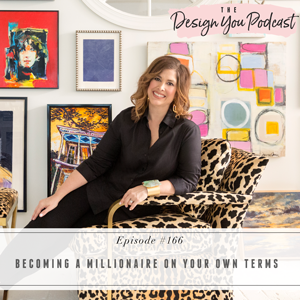
Have you accomplished what you want to so far this year? Are you on track to finish 2021 in the way you envisioned? If not, it’s not too late! You can still make progress in your business and life and write a different story for the rest of this year. So, if you want things to be different in the remaining months of the year, you won’t want to miss what I’m sharing in this episode.
Being a female leader in a culture that has been designed by men for men poses endless difficulties, and so many of us are left feeling exhausted and burned out, trying to wear all the hats in our businesses. Even without the craziness of the last 15-18 months, it can feel exhausting to be leading a business in a way that is not sustainable or aligned with what we most value. This week, I’m exploring this further and showing you how to design a profitable business in a way that is aligned with your values and feels good for you.
Join me this week as I share how I integrated my values at a foundational level to create a sustainable, joyful, fulfilling way of doing business and show you how you can create the necessary shifts to start working differently in yours. If you’re ready to get off the hustle bus, stop rewarding overworking culture and start working in alignment with your values, I’m sharing three shifts you need to make to take the first step.
If you are a female business owner who wants to dig into this work at a deeper level and work with me and some other incredible women, check out The Millionaire Mentorship Program. We’re opening our doors soon to a handful of women, and we would love for you to join us! Click here to hear more about the mentorship and how to join.
If you want help creating a business with thriving revenue streams so that you can design the life you really want this year, now is your chance! We’re going to be opening the doors to the Design You Coaching Program really soon, get on our waitlist now!





